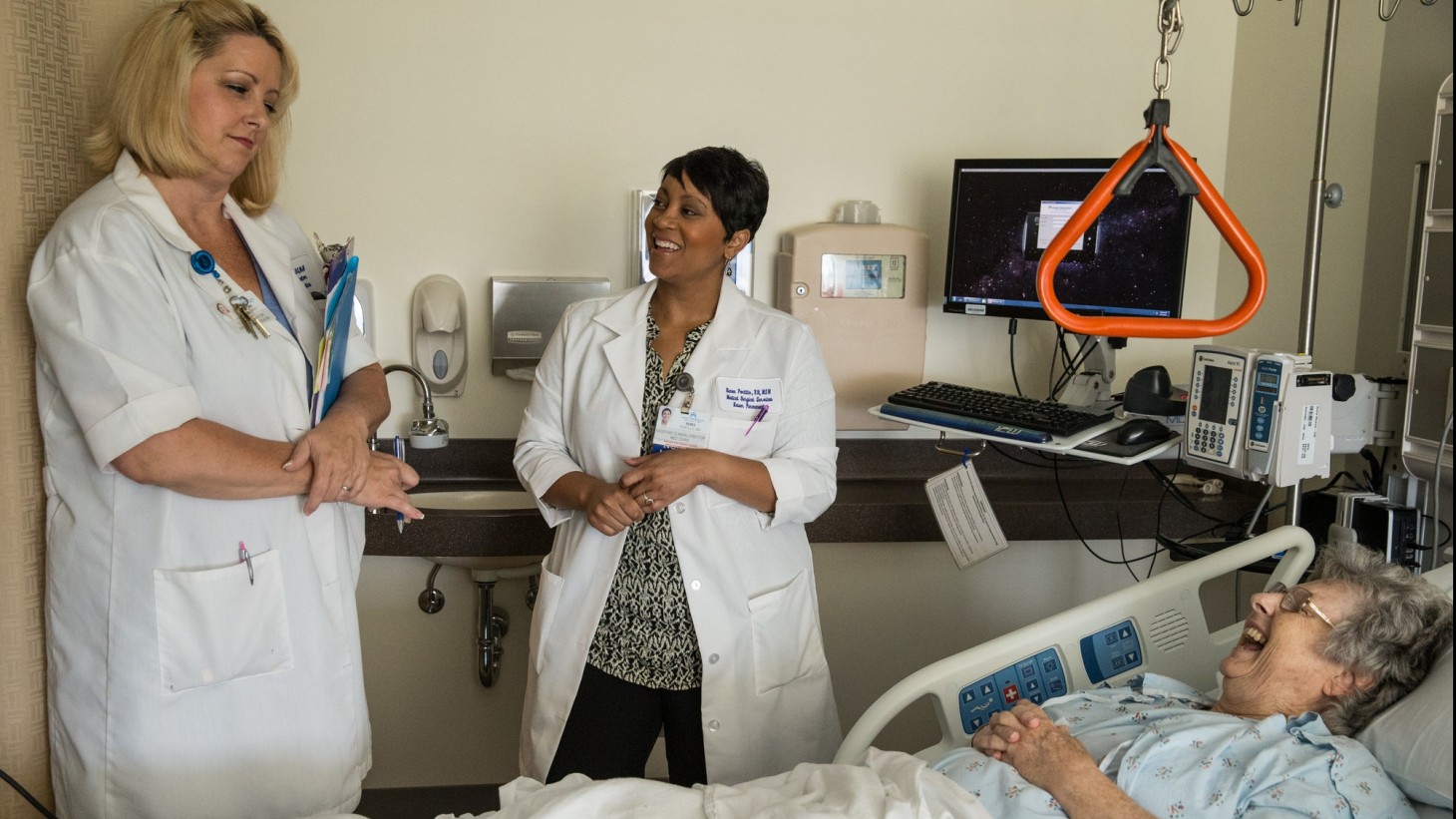Quality
Tips for Keeping Patients Safe

Use these tips to fulfill our first obligatin to our patients: "Do no harm."
How to make KP the safest place to get and to give care
Health care workers’ first obligation is “do no harm”— to see that the members and patients in our care suffer no injury or further illness. Unit-based teams across Kaiser Permanente launch hundreds of projects every year to improve patient safety. These tips can your guide your team in a patient safety improvement project and help ensure that KP is the safest place to get and to give care.
- Wash your hands often, and in accordance with local policies and procedures.
- Speak up if you observe a drift from safe practice. As the saying goes, “If you see something, say something!”
- Make sure patients (or family members) understand their diagnosis and plan of care. Have them describe, in their own words, their condition, what they need to do next and why that’s important.
- Label specimens accurately, completely and legibly.
- When administering high-alert medications have two people separately check specific steps of the process. For example, a pharmacist calculates dosage, prepares a syringe and compares the product to the order; then a nurse independently does the same and compares the results.
- Use tools such as SBAR (Situation, Background, Assessment, Recommendation) and clear language like “Safety Check” to identify a hazard, if someone is uncertain and does not feel it’s safe for the patient to proceed.
- Keep yourself free from injury so you can keep your patients free from harm.
